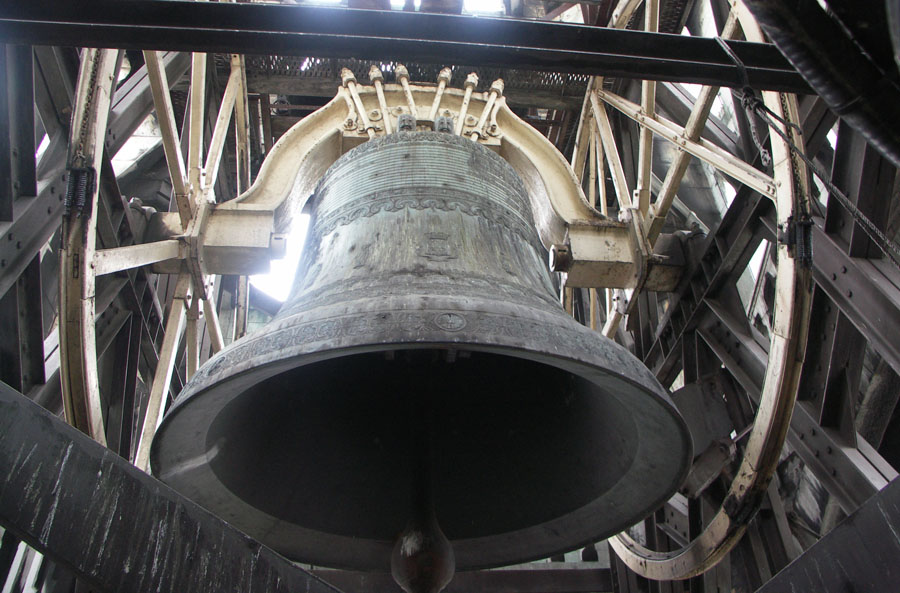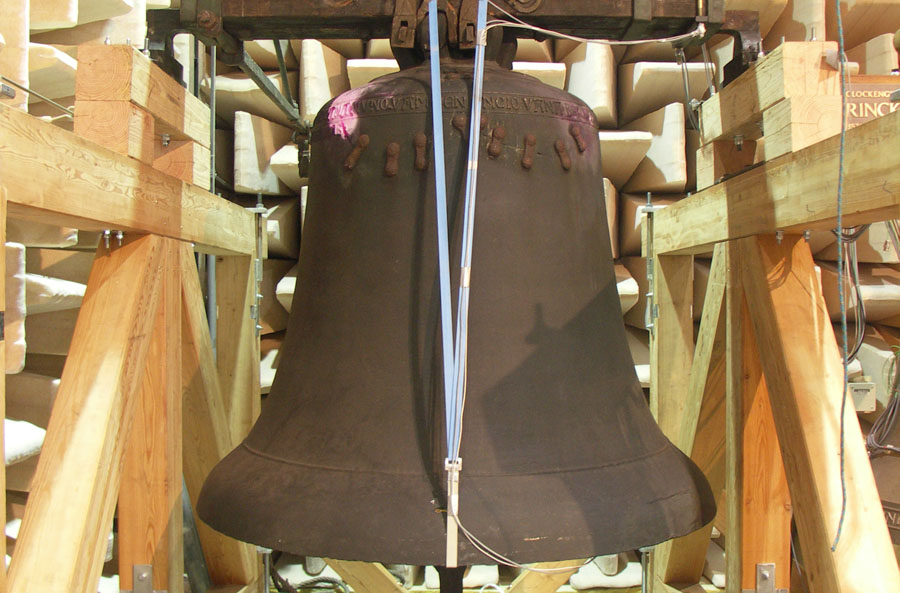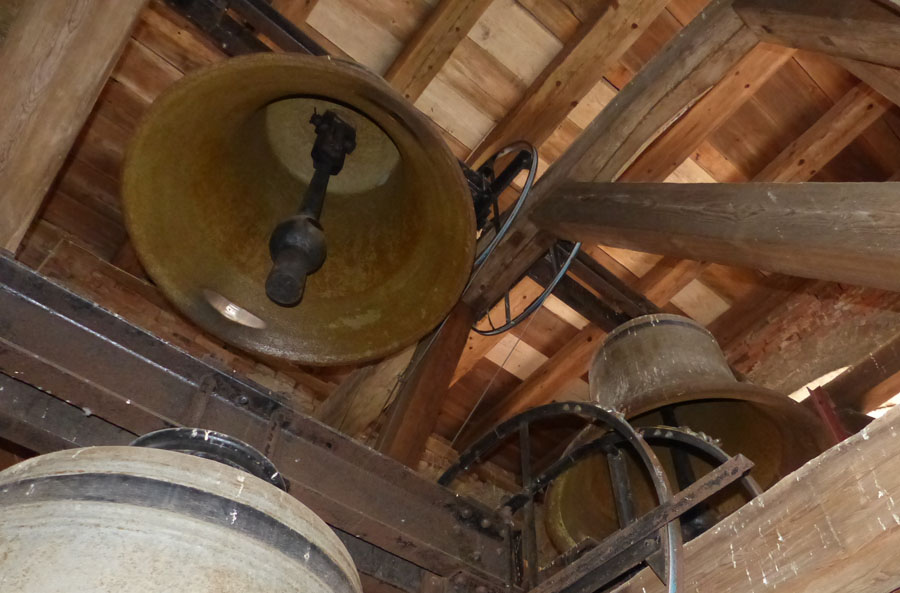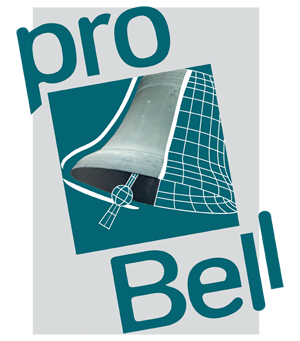References
We have already been able to apply our know-how to more than 400 bells in Europe. In addition to a mere condition assessment of the ringing conditions with respect to the ringing loads and the sound quality of bells, damage to bells and clappers was examined and repair concepts are worked out. In vibration-dynamically loaded towers, adjusted ringing conditions were determined and the preservation of the building fabric was verified by measurement.
To improve the sound development or to reduce the noise emission of ringing bells, clapper forms are used, which, in conjunction with individually adapted ringing concepts, enable a targeted sound excitation of bells.























 YouTube - ECC-ProBell
YouTube - ECC-ProBell